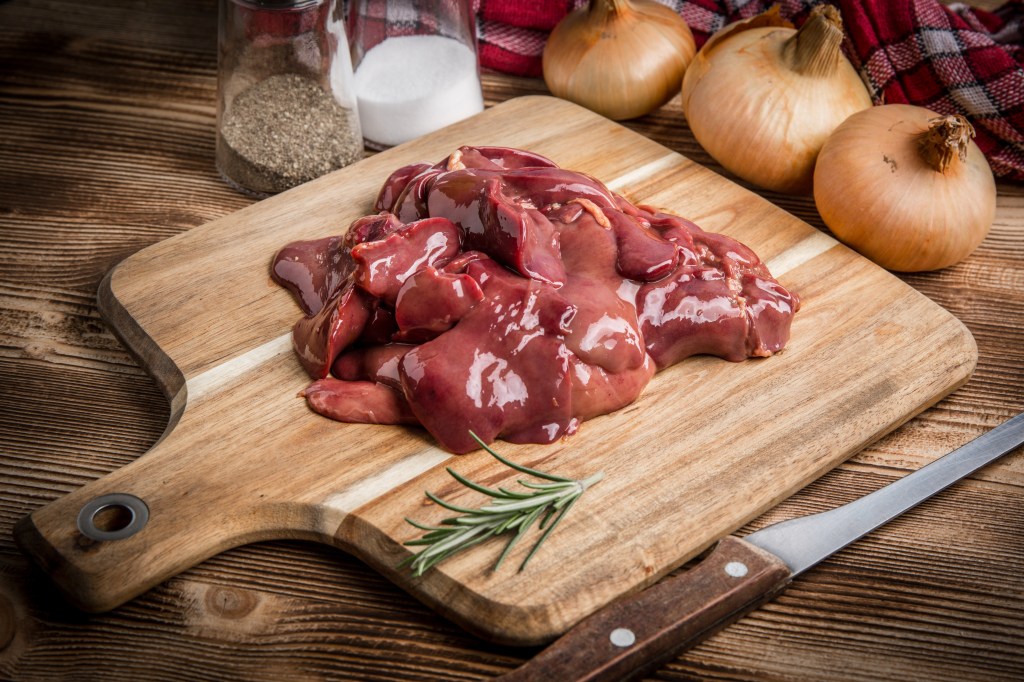
“You want me to put KY jelly up my nose?” I asked.
“Basically, yes,” the tech replied.
It was my first appointment getting a CPAP machine. The tech who fitted the mask warned me of possible nasal irritation and suggested I use a “non-petroleum personal lubricant.” Hence my question.
For those not in the know, CPAP machines are the best solution for sleep apnea, which occurs when you stop breathing multiple times during the night. It can be just as serious as it sounds. Snoring and feeling exhausted all day (which I had) are some of the symptoms, and being overweight is one of the contributing factors (which I must admit to).
I was diagnosed after going through a sleep study with assorted wires glued all over my head and body. I had to sleep like that, if I could. I brought along a stuffed bunny to help. (The tech who applied the wires quizzed me—did I know what EKG meant? Yes, I did. Did I know what EEG meant? Yes, I did. Did I know what EGG meant. “Egg,” I replied, evidently the first person ever to get it right. But I digress.)
It was thus determined that I do indeed have sleep apnea. (Or at least hypopnea, a slightly milder version, from the roots “hypo” for low and “pnea” for breathing. Think “hypoglycemia” and “pneumonia.” Now I digress pedantically.)
I was then fitted for the CPAP machine, which consists of a box and a mask. The box blows air rhythmically into your nose while you sleep, thus forcing you to breathe. The mask channels the air into your nose, along with the smell of whatever you had for dinner, if your bedroom is just above the kitchen, which ours is.
The first CPAP machine I got had a tattletale chip in it to record whether I was using it or not. They were in awe when they discovered that I used it even when napping.
Actually, my husband has the full-blown version of sleep apnea and started using a CPAP before I did. His snoring was prodigious as well. He could wake both of us when he really got going. The two of us together created a racket that would raise the dead, if we didn’t both die from sleep apnea first.
He has more trouble with his mask than I do, and his problem can’t be solved with a popular sexual aid. For some reason, probably the stress he puts on them, the straps get tangled, and the plastic parts break. He’s always asking me to untangle or tighten the straps. Sometimes I have to adjust them in the middle of the night when I can’t see well. Inevitably, I velcro the straps to his hair, which is curly enough to be the loops to the hooks.
We take our CPAPs with us whenever we travel. It’s a hassle. The air pressure machine, the hose, and the mask take up half the space in a carry-on. There are smaller ones, including one that’s no bigger than a small bandaid but is way too expensive. Besides, I’d have to go through another sleep study to get a prescription for a new CPAP. My bunny’s up for it, but I’m not.











 “Hello, Marvin,” I said, as I stepped to the front of the line at the polling place.
“Hello, Marvin,” I said, as I stepped to the front of the line at the polling place. I think it all started with the naked Julia Child impressions. We were newly married and everything was fun. We weren’t entirely naked while cooking, of course – aprons were a requirement and oven mitts (worn strategically) were allowed. There were other rules, too – no deep-frying, for example, for obvious reasons. Using plummy, authoritative voices we would do a fictitious play-by-play of dinner preparation: “Place the turkey in the oven for 350 minutes at 120 degrees. Oopsie! [take slug of wine].”
I think it all started with the naked Julia Child impressions. We were newly married and everything was fun. We weren’t entirely naked while cooking, of course – aprons were a requirement and oven mitts (worn strategically) were allowed. There were other rules, too – no deep-frying, for example, for obvious reasons. Using plummy, authoritative voices we would do a fictitious play-by-play of dinner preparation: “Place the turkey in the oven for 350 minutes at 120 degrees. Oopsie! [take slug of wine].”
 The first time I tried sushi was in one of those social situations where it is simply impossible to refuse. (Not unlike the time I first ate egg salad, which I loathe, at my sister’s mother-in-law’s. Since then, I’ve come to tolerate my husband’s version of egg salad. But I digress.)
The first time I tried sushi was in one of those social situations where it is simply impossible to refuse. (Not unlike the time I first ate egg salad, which I loathe, at my sister’s mother-in-law’s. Since then, I’ve come to tolerate my husband’s version of egg salad. But I digress.)




 I guess you’d call me a victim of fashion. Or actually, a victim of no fashion. No fashion sense, at least. Fashion nonsensical, maybe.
I guess you’d call me a victim of fashion. Or actually, a victim of no fashion. No fashion sense, at least. Fashion nonsensical, maybe.